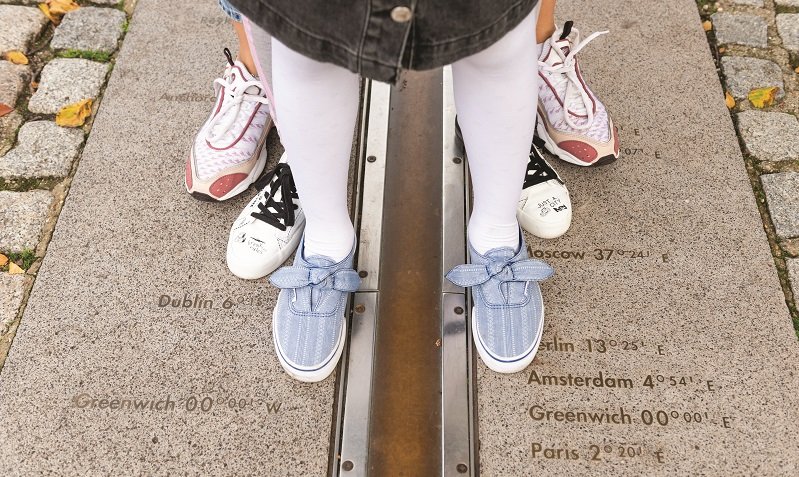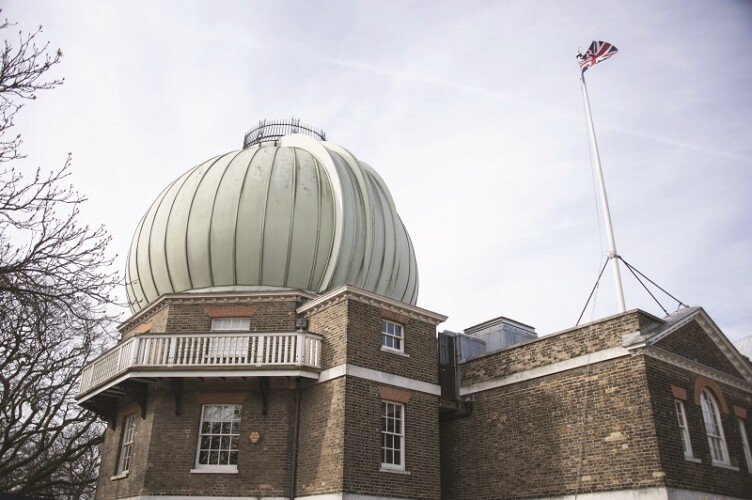It’s about time you knew where East meets West
This week, 139 years ago, a huge decision was made that would impact the future of travel, navigation and how we understand the universe itself, writes Claudia Lee.
It was decided that little old Greenwich would play a major role in all of those things.
In October 1884, Greenwich was chosen as the place that would play host to the prime meridian, the point on earth where an imaginary line is drawn north to south, cutting across where east meets west, at Longitude 0°.
Any imaginary line joining the North and South Poles that is used to locate a position on earth in an east-west direction is called a longitudinal line, or meridian.

By comparing thousands of observations taken from the same meridian it’s possible to build up an accurate map of the sky.
On that day in 1884, delegates from 25 nations met in Washington DC for the International Meridian Conference.
By the end of the conference, Greenwich had won the prize of Longitude 0º by a vote of 22 to one against, with two abstentions.
There were two main reasons for the choice. The first was that the USA had already chosen Greenwich as the basis for its own national time zone system.
The second was that in the late 19th century, 72 per cent of the world’s commerce depended on sea-charts which used Greenwich as the prime meridian.
The decision was based on the argument that by naming Greenwich as Longitude 0º, it would be advantageous to the largest number of people.

Every place on earth is now measured in terms of its distance east or west from this line.
The line itself divides the eastern and western hemispheres of the earth – just as the equator divides the northern and southern hemispheres.
If you stand with one foot on one side and the other on the left, you are perfectly in the middle of east and west, according to the prime meridian line.
Since the late 19th century, the prime meridian at Greenwich has also served as the reference line for Greenwich Mean Time, or GMT.
GMT is the yearly average, or mean, of the time each day when the sun crosses the prime meridian at the Royal Observatory Greenwich.
Astronomer John Flamsteed came up with the formula for understanding mean time, and published a set of conversion tables in the early 1670s.

Soon after, he was appointed as the first Astronomer Royal and moved into the new Royal Observatory in Greenwich.
Here, he had the best pendulum clocks installed and set them to the local time. At that moment, GMT was born.
Before this, almost every town in the world kept its own local time.
There were no national or international conventions which set how time should be measured, or when the day would begin and end, or what length an hour might be.
When the railway and communications networks expanded in the 1850s and 1860s, there needed to be a time standard that was adopted internationally.
As a result, Greenwich was chosen as the centre for world time. Not a bad claim to fame.
Picture: Visitors to the observatory can walk along the Prime Meridian, also inset Pictures: National Maritime Museum, Greenwich
